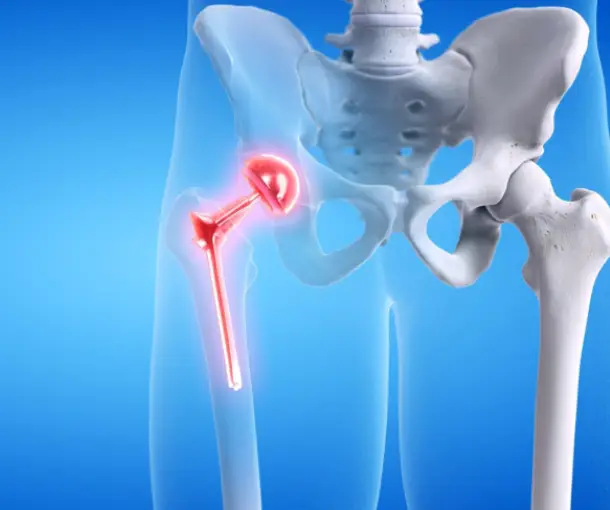Joint Replacement Surgery
What is Joint Replacement Surgery?
Joint replacement surgery is an orthopedic procedure that involves replacing any malfunctioning, damaged, or inactive joints with artificial joints composed of plastic, metal, or ceramic to mimic the movement of a healthy joint.
Arthroscopy, joint resurfacing, osteotomy, fusion, total joint Arthroplasty, and joint revision are the most prevalent forms. Each form of joint replacement has its own set of advantages and disadvantages, but they all use a nearly identical approach to replace the individual joint.
What is the procedure for Joint Replacement Surgery?
It is a medical procedure used to treat individuals who have persistent joint problems or joint degeneration. An injury may occur as a consequence of an accident or as a result of a pre-existing medical condition.
The procedure is performed under the influence of anesthetic. It entails the use of artificial grafts made of plastic, metal, or ceramics that are designed to seem like the original joint. The procedure may help the patient get rid of the discomfort and improve the range of motion of the joint, which was previously limited owing to orthopedic issues. Adults may have joint replacement surgery, which is one of the most popular orthopedic treatments.
There are two types of surgery:
– Partial Joint Replacement (replacement of only one part of the joint)
– Total Joint Replacement (replacement of the complete joint)
What Are the Signs That You Need Joint Replacement Surgery?
Joint Replacement Surgery is often advised for individuals who have persistent joint issues that are beyond repair, and surgery is usually the last form of therapy that a Joint Replacement Surgeon would offer for them. It is beneficial in the treatment of people suffering from Arthritis, Osteoarthritis, and Rheumatoid Arthritis, particularly when the patient experiences:
– Difficulty in moving the affected area.
– Moderate pain even while lying down.
– Severe stiffness in the afflicted joint and adjacent regions
– Other therapeutic approaches, such as medicine and physiotherapy, have shown ineffective outcomes.
What Conditions Are Treated by Joint Replacement Surgery?
The following are some of the primary problems addressed by Joint Replacement Surgery:
– Joint discomfort
– Deformity
– Patient’s mobility
– Osteoarthritis
– Rheumatoid arthritis
– Avascular necrosis/osteonecrosis
– Joint injuries in the past
– Fractures of the joints
– Infections in the joints and other – inflammatory joint disorders
What Are the Steps Involved In Preparing For Joint Replacement Surgery?
Patients are usually advised to take the following steps to prepare for joint replacement surgery:
It is not just the procedure that is vital; prior to the procedure, one must also follow the necessary instructions.
– It is very important to get in shape by shedding those extra kilos as they can put excessive strain on the affected joint after the surgery
– Discuss the whole procedure with the Joint Replacement Surgeon, including any potential risks.
– Begin physiotherapy since it will assist to decrease inflammation and swelling, making the procedure simpler for the surgeons to conduct.
– Take all of the medications provided by your doctor as this helps to reduce the risk of infection during or after surgery.
Because the procedure will result in blood loss, it is preferable to bank blood ahead of time.
What Precautions Must Be Taken Following Joint Replacement Surgery?
Following the surgery, the following precautions must be taken:
Following Surgery:
– Lifting heavy objects should be avoided.
– Avoid engaging in strenuous physical activity.
– Avoid undue movement of the afflicted joint and avoid smoking and drinking.
– Do not participate in sports without first visiting your doctor.

